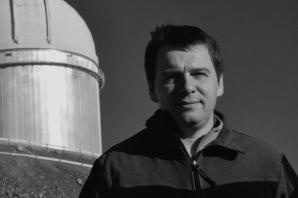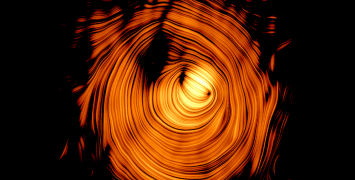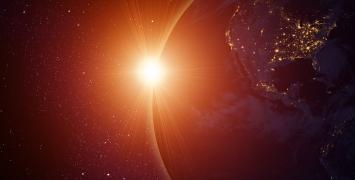Hunting for extra-solar planets
Since the early 1990s almost 2000 planets have been detected outside our solar system. These discoveries led to a new area of universe sciences which is rapidly expanding. Astronomers are currently searching for extra-solar planets using a huge array of telescopes and instruments. Funded by the ERC, Prof. Cardoso Santos’ team has developed new tools to be used in both ground- and space-based facilities, to detect and study these planets.

The most successful planet discovery techniques rely on the hosting star and the influence that the planet has on it. Indeed, most of the exoplanets have been detected using either the radial-velocity method, which investigates the gravitational influence of the planet on the star, or the transit method, that measures the dimming of the starlight as the planet crosses its disk. In this project, Prof. Cardoso Santos explored new aspects of the star-planet connection with the aim of optimising the planet search and the study of the newly found planets.
His team developed and applied state-of-the-art techniques to study the properties of hosting stars, including their precise atmospheric parameters and chemical abundances. This allowed them to better understand the planet formation processes, bringing clues about the number of planets in our galaxy. Furthermore, they succeeded to find ways to reduce the limitations of the radial-velocity method, namely the stellar sources of noise. These methods will allow astronomers to explore large samples of stars and to determine the properties of exoplanets with a unique precision.
The research done by Prof. Cardoso Santos’ team led to several major breakthroughs, including the detection in 2012 of one Earth-mass planet orbiting the bright star Alpha Centauri B, one solar-like star that is part of the nearest stellar system to the Sun. These results strongly support the understanding that planets, and in particular low-mass planets such as our Earth, are numerous in our galaxy.
The outcome of this project could significantly contribute to the success of instruments such as the ESPRESSO high-resolution spectrograph of the European Southern Observatory and of future space missions such as CHEOPS and PLATO by the European Space Agency.






